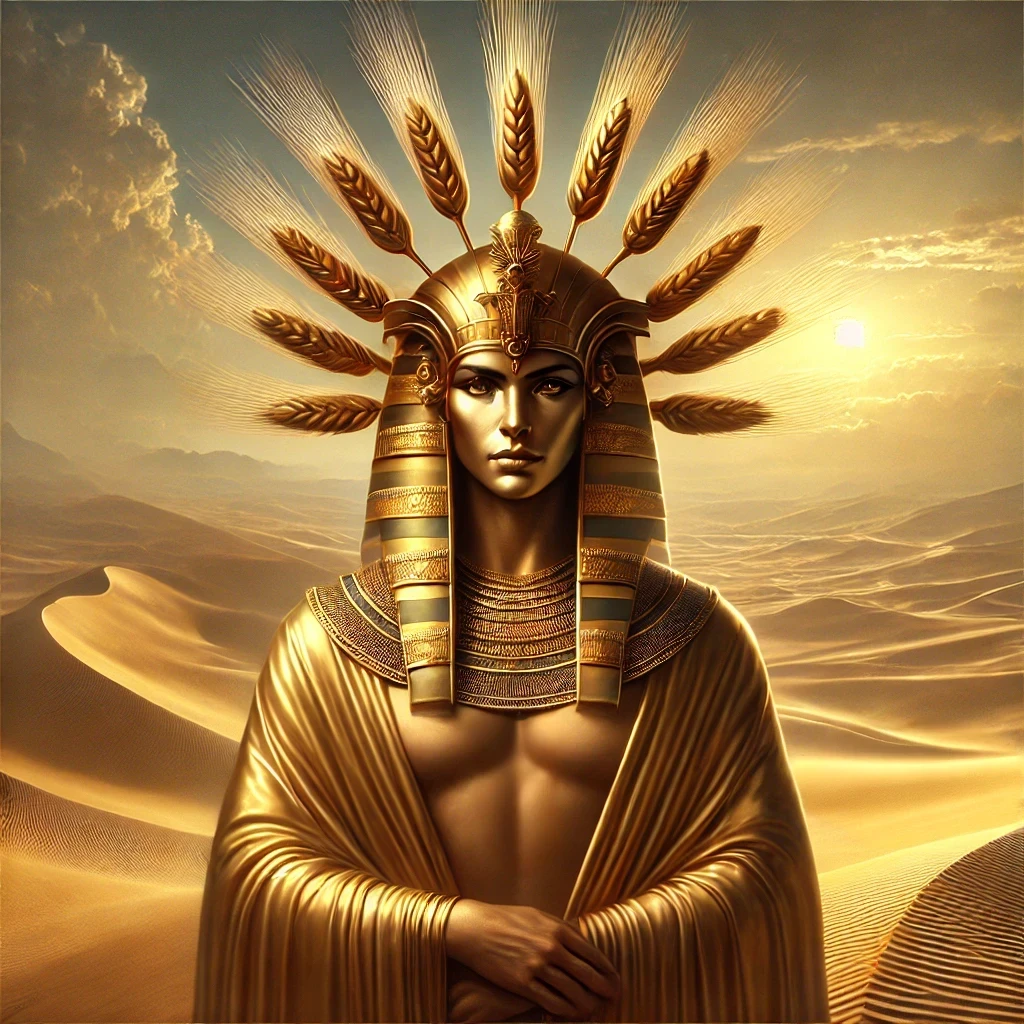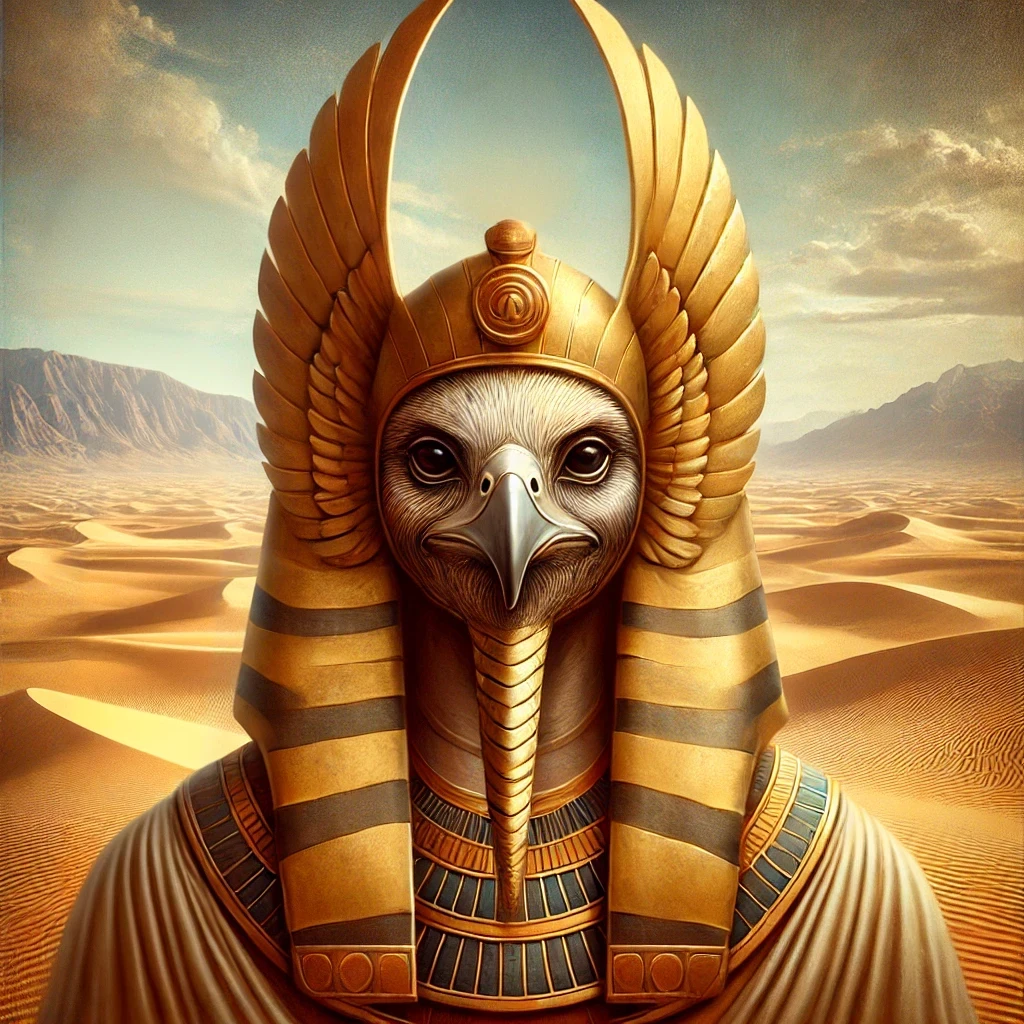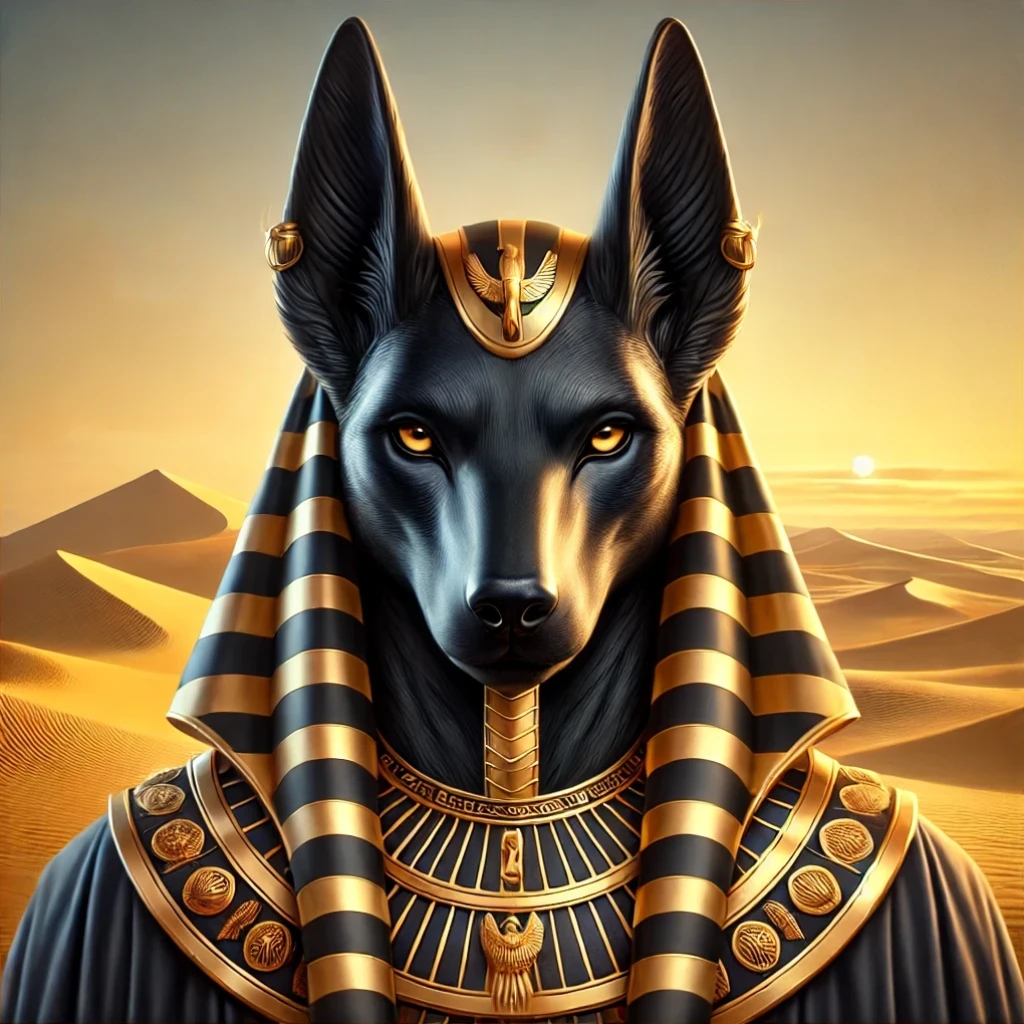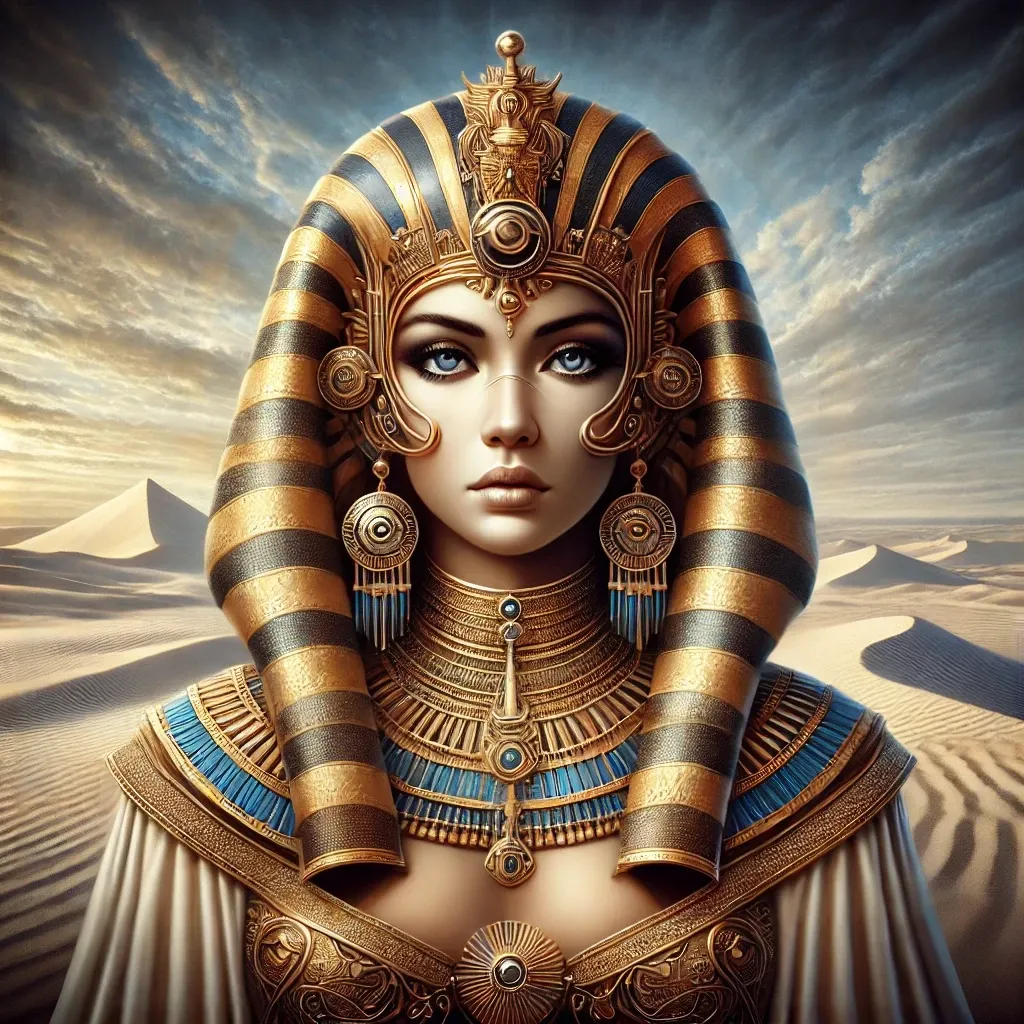Neper, also spelled “Nepi” or “Nepri,” was revered as the god of grain, sustenance, and renewal. Known by epithets such as “The Nourisher” and “The Life-Giver,” his name derives from the Egyptian word for grain, reflecting his vital role in agricultural and cosmic cycles. Representations of the god often highlight his integral connection to the sustenance and survival of ancient Egypt’s agrarian society.
Origins
Historical Roots
Neper’s origins can be traced to Egypt’s Old Kingdom, where agriculture formed the backbone of society. As a deity intimately connected to the growth and sustenance of grain, he played an essential role in the lives of ancient Egyptians. His prominence grew alongside the nation’s reliance on the Nile’s fertile banks, where the annual inundation replenished the soil. The god’s worship often coincided with seasonal agricultural rites, ensuring continuity between nature’s rhythms and human prosperity.
Name and Etymology
The name Neper derives from the ancient Egyptian word “Nep,” meaning “grain.” This linguistic connection underscores his association with sustenance and abundance. Hieroglyphic inscriptions depict his name alongside images of grain, further cementing his role as a personification of life-giving crops.
Appearance
Artistic Depictions
Neper was frequently represented as a man adorned with green or golden skin, symbolizing vegetation and ripened crops. His body might be covered with dots or ears of wheat, visually linking him to the agricultural realm. Occasionally, he was depicted with a sheaf of grain in his hands or on his head, emphasizing his dominion over this crucial resource.
Symbolic Representations
In some representations, Neper appeared as a child—a nod to his association with new life and renewal. Artistic depictions of him often aligned with the Egyptian understanding of Ma’at, where harmony and balance were reflected in nature’s order.
Abilities
Power Over Agriculture
As the embodiment of grain, Neper had dominion over its growth and harvest. His powers ensured the fertility of the land and the abundance of crops. Rituals dedicated to him were thought to safeguard the annual yield, providing sustenance for the living and offerings for the deceased.
Role in Regeneration
Neper’s influence extended into the metaphysical realm, symbolizing regeneration and continuity. In funerary texts, his powers were invoked to provide nourishment to souls in the afterlife, linking him to themes of resurrection and immortality.
Myths
Connection to Osiris
Neper is closely associated with Osiris, another agricultural deity. Some myths suggest that he served as an aspect or extension of Osiris, focusing specifically on grain’s growth. Their shared symbolism of death and rebirth reflects the cyclical nature of life, tying Neper to the broader narrative of resurrection.
Seasonal Rites
Though direct myths about Neper are rare, his presence in agricultural festivals—particularly during the sowing and harvesting seasons—was integral. Rituals included offerings of bread and grain, symbolizing gratitude and reverence for his divine favor.
Symbolism
The Cycle of Life
The god of grain embodied the cycle of planting, growth, and harvest, mirroring the human experience of birth, life, and death. His imagery reinforced the idea that life sustains itself through perpetual renewal.
Offerings and Rituals
Bread, beer, and grain were the most common offerings made in his name, emphasizing his role as a provider. These items also symbolized the interconnectedness of divine and earthly sustenance.
Associated Objects, Animals, and Plants
- Objects: Sheaves of wheat and grain silos were often linked to his worship.
- Animals: The bull, symbolic of agricultural strength, was occasionally connected to his imagery.
- Plants: Wheat and barley, Egypt’s staple crops, were central to his identity.
- Minerals: Fertile silt from the Nile’s inundation symbolized his nurturing presence.
Relationships
Ties to Osiris and Isis
Neper’s connection to Osiris highlights their shared agricultural significance, while his relationship with Isis emphasizes themes of nurturing and protection. Together, these figures formed a triad representing the life-giving forces of nature.
Role Among Other Deities
As a lesser-known deity, his influence often intersected with gods like Renenūtet, who oversaw harvests and granaries. Their collaborative roles ensured a harmonious agricultural system in the divine realm.
Trivia
- The Pyramid Texts mention him as a source of nourishment for the deceased, linking him to eternal life.
- Inscriptions often paired his imagery with the god Hapi, symbolizing the vital relationship between the Nile and agriculture.
- Some scholars believe that Neper’s name and iconography inspired later fertility deities in neighboring cultures.
- Statues and reliefs of him were occasionally adorned with real grains, blurring the lines between representation and offering.
- His association with bread highlights the integral role of agriculture in ancient Egyptian religion and society.



